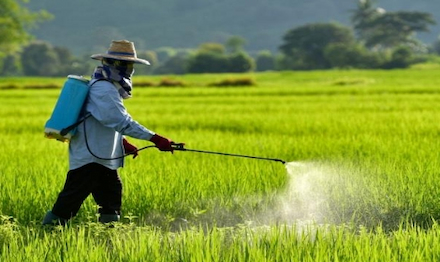What Are You Looking For?
Antifoaming and efficiency-enhancing functions of pesticide defoamers
Aug 20, 2024Pesticide defoamer is a chemical adjuvant that can inhibit the generation of foam during the spraying process of pesticides. Pesticides are prone to foaming when mixed with solvents such as water, which affects the spraying effect. Defoamers can reduce the surface tension of the liquid, quickly eliminate foam, and enable the pesticide to better cover the surface of crops and pests. Defoamers are often added to pesticide solutions to ensure effective spraying.

Pesticide defoamer has two functions:
1. Defoaming: The surfactants contained in pesticides are prone to foaming, resulting in uneven spraying, weakened adhesion, and low droplet adhesion. Defoamers prevent the generation of foam by destroying the surface tension of the liquid, thereby improving the uniformity and effectiveness of pesticide spraying.
2. Synergism: Foam reduces the diameter of pesticide droplets and reduces the ability to adhere to the surface of plants, affecting the spraying effect. Defoamers can reduce the surface tension of liquids, prompt droplets to form larger and more uniform particles, and enhance the adhesion and absorption of pesticides on the surface of plants.
Although defoamers play an important auxiliary role in pesticide spraying, they are not pesticides themselves and do not have the characteristics of directly killing insects or harming crops. Under normal use, defoamers are harmless to crops.
However, the correct method and dosage should be when using pesticides or pesticide adjuvants. Improper or excessive use may have a negative impact on crops and the environment. Therefore, the use of pesticides should follow the instructions and management regulations on the pesticide label and be used strictly in accordance with the correct method and requirements.